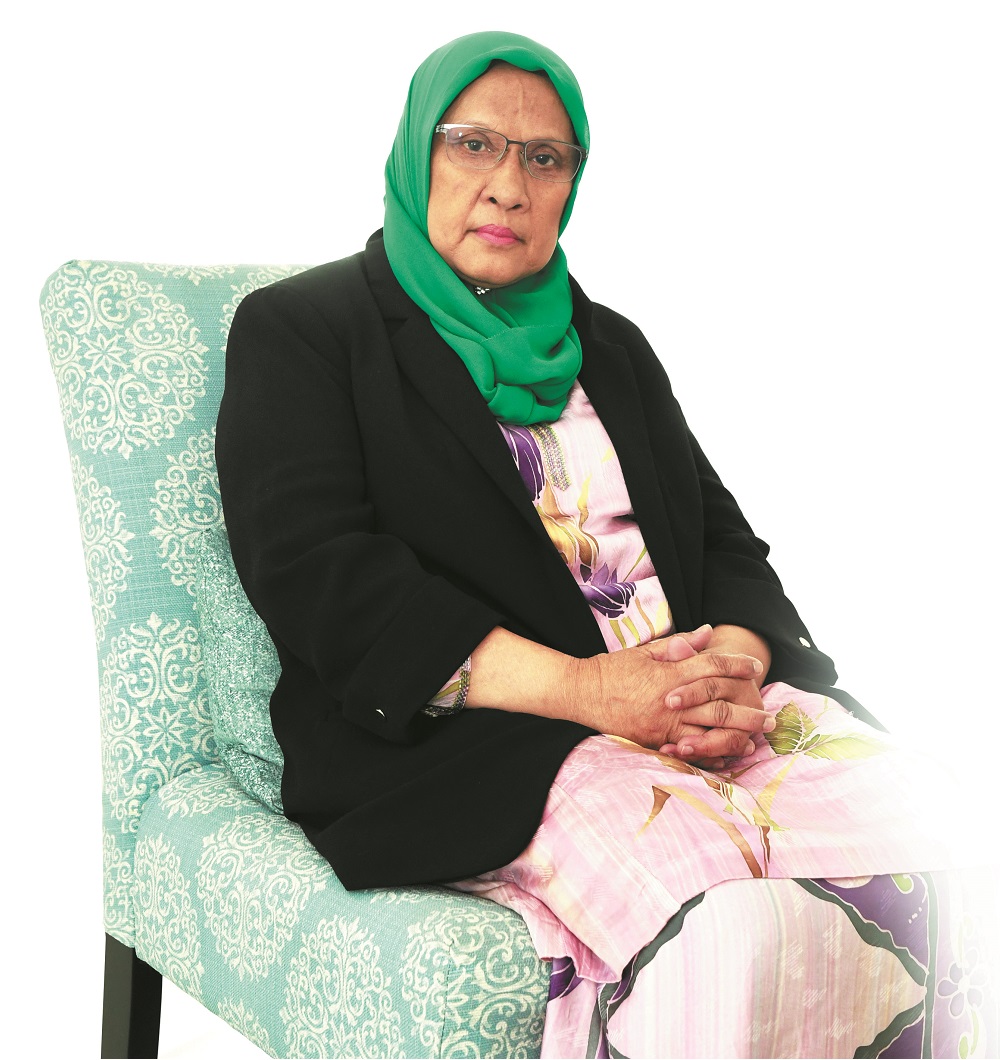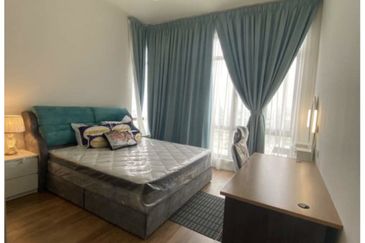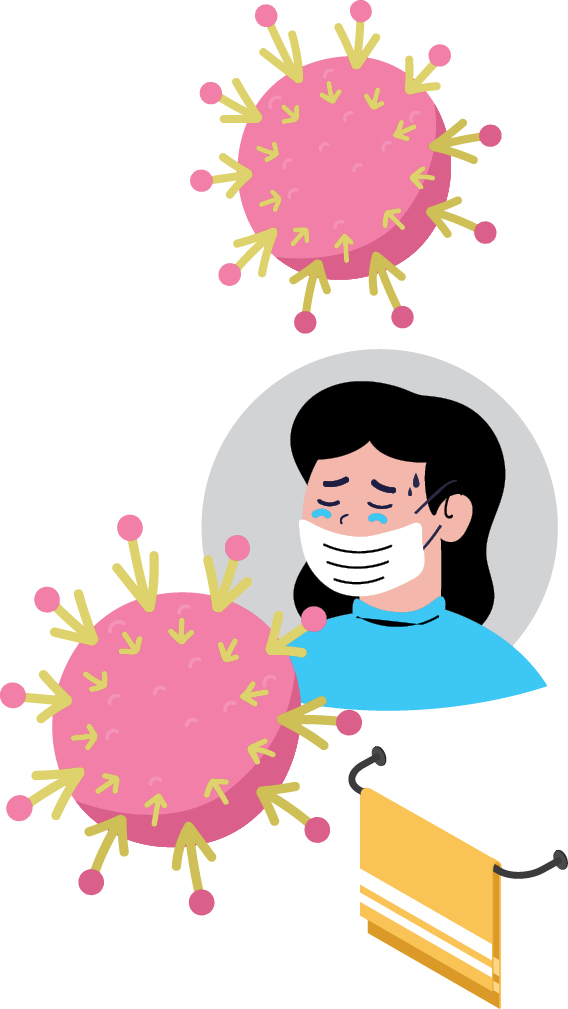
The year 2020 began with the emergence of a new bug — the now infamous novel coronavirus or COVID-19, which has caused global panic and heightened vigilance because of the unprecedented speed of its transmission.
Read also
Myths on virus prevention measures
As of March 11, more than 110,000 cases have been recorded worldwide while the death toll has increased close to 4,300 or 3.6% of the total cases, surpassing the toll from the SARS epidemic of 2002 and 2003.
In Malaysia, there were 149 confirmed COVID-19 cases as at March 11, with 26 of them having fully recovered and been discharged.
While the virus seems to have raged less fiercely in Malaysia compared to other countries, the recent surge of cases here certainly has made it pertinent for greater measures to be taken not just by the government but every denizen.
“The golden rule of COVID-19 prevention and all other viruses is to take care of your personal and home hygiene at all times, not only during an outbreak,” Infection Control Association of Malaysia president Prof Dr Norayati Abd Majid tells EdgeProp.my
She highlights that personal hygiene such as washing and drying hands regularly, covering the nose and mouth when coughing and sneezing as well as wearing face masks when sick are all very basic practices.
Unfortunately, people only take these steps diligently when serious outbreaks happen.
“During outbreaks like what is happening now, public awareness on personal and home hygiene increases but beware of being overly-cautious or being too extreme.
“If you adopted incorrect hygiene practices, you could end up worse than not taking any preventive action at all,” Norayati explains.
For example, she has observed that some people wear a face mask in the car even when they are driving alone.
“It is not necessary to wear masks when you are in a secluded area like in your car because the function of the mask is to prevent droplets in a public place. Moreover, a mask that has been used for an extended period of time or a moist mask may actually be easier for germs and viruses to attach to in a crowded place,” Norayati shares.
In other words, when a mask is not used properly, or if it is not removed and disposed of correctly, it will raise the risk of infection instead.
An effective face mask, Norayati notes, should cover the nose and mouth snugly with no gaps between the face and the mask. “The best way to test if you are well protected by the mask is to feel for any air flowing out from the side when you have the mask on. If yes, it means there is a chance you could breathe in germs and viruses through the gaps,” Norayati points out.
Other than being vigilant about personal hygiene, home hygiene and cleanliness are equally important to protect you and your family from diseases.
To keep your home and family safe from germs, Norayati offers a few tips.
1 Clean yourself first
Coming home from work with dust and sweat could mean that viruses have followed you back. Therefore, the first things to do when you step into the house, especially before touching your children or elderly parents, are to:
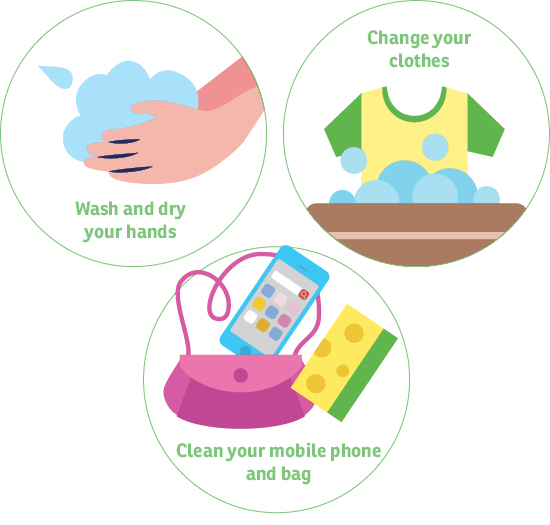
2 Look out for blind spots
How often do you clean the door knobs in your house? What about window handles and wardrobe doors? Do you know that these spots are some of the most frequently-touched fittings and furniture, which also means they could harbour more germs than other fixtures in your home?
During a virus outbreak, clean these items more frequently with household disinfectants.
3 Keep your kitchen and toilet dry
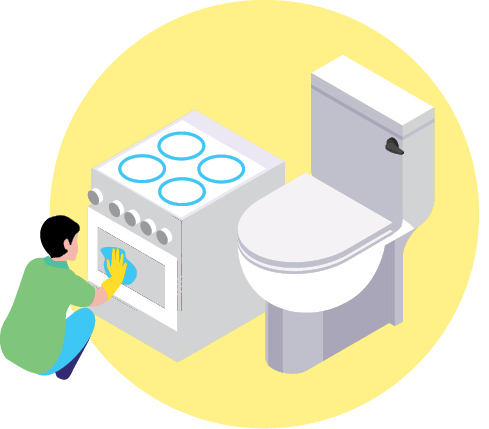
Wet and shady spots are the favourite hangouts for bacteria and viruses. While you can’t bring sunlight to every corner of your home, you can at least keep them dry at all times and allow fresh air to flow through regularly, especially in the kitchen where food is prepared.
Besides disinfecting the flooring, countertops and utensils after use, it is also important to clean dishcloths and sponges regularly by soaking them in hot water before washing and sun-drying them.
As for toilets, make it a habit to cover the toilet bowl with the lid before flushing to avoid germs such as difficile — a toxin-producing bacterium which can cause illness — from splattering beyond their boundaries.
Wet clothes or towels should also not be left hanging around in the toilet especially if the air-circulation is poor.
4 Don’t forget your kids’ toys
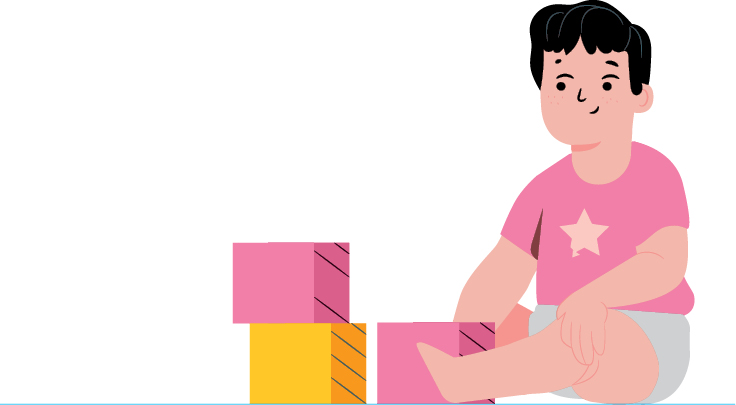
If you have young children at home, do not neglect the importance of sanitising their toys at least once a day. After washing off the dirt and dust from the toys, spray each item with child-safe sanitisers and allow them to dry before keeping them away.
5 Disinfect the patient’s room
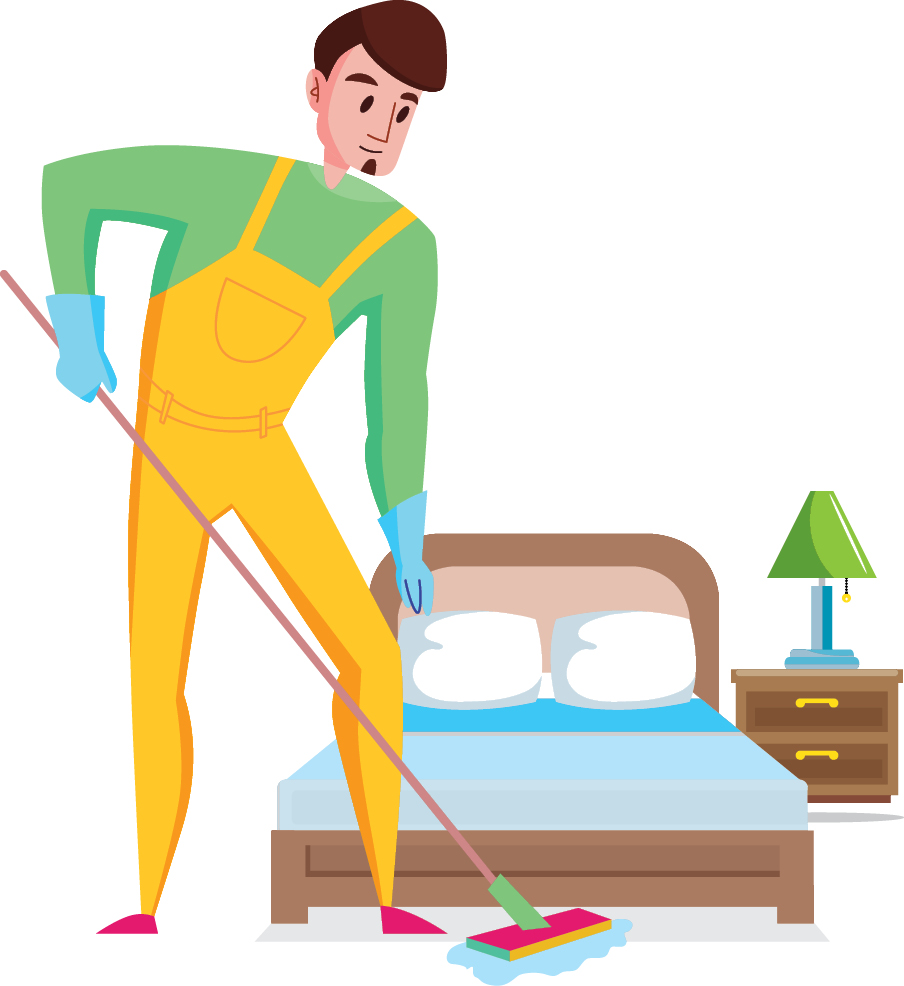
If you have a patient at home, you need to clean the patient’s room thoroughly after he or she has recovered. Do not skip cleaning items such as the curtains, bed sheets, pillows or even carpets. Each item needs to be separately cleaned and disinfected because some viruses can survive for a few days on surfaces.
If the illness is caused by an airborne transmission, it is advisable to even clean the ceiling fan and sanitise all the furniture in the room with disinfectants.
Another tip would be to minimise the furnishing in the patient’s room from the very start, to lower the risk of viruses lingering on in the room.
Make your own home disinfectant
Mix household bleach (5.25% sodium hypochlorite) with water for an inexpensive and effective disinfectant.
By mixing different amounts of bleach with water, you can make disinfectants of various levels from low, intermediate to high, the latter of which is the most potent.
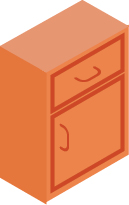
For washroom and furniture surfaces, especially during disease outbreaks 1:50 household bleach solution — mix 20ml bleach with 1,000ml water
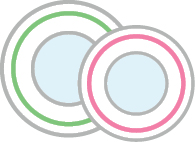
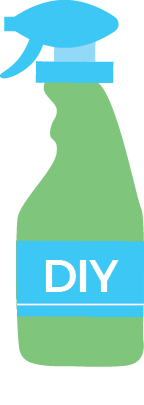
For toys, dishes, utensils and food-contact surfaces 1:500 household bleach solution — mix 1ml bleach with 500ml water
This story first appeared in the EdgeProp.my pullout on March 13, 2020. You can access back issues here.
TOP PICKS BY EDGEPROP

Section 14, Petaling Jaya
Petaling Jaya, Selangor

Seksyen 11, Petaling Jaya
Petaling Jaya, Selangor

Seksyen 4, Petaling Jaya
Petaling Jaya, Selangor

Seksyen 5, Petaling Jaya
Petaling Jaya, Selangor

